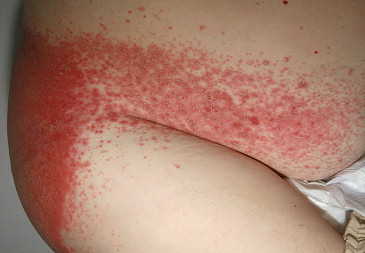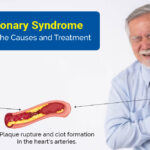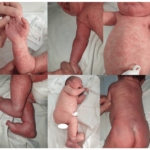Acute disseminated candidiasis (ADC) is a severe systemic fungal infection caused by Candida species, typically occurring in immunocompromised individuals. This condition is characterized by widespread infection affecting multiple organs, including the liver, spleen, kidneys, and lungs. Prompt diagnosis and targeted treatment are essential to reduce morbidity and mortality.

Understanding Acute Disseminated Candidiasis
ADC arises when Candida enters the bloodstream (candidemia) and disseminates to various organs. This condition often develops in patients with compromised immune systems due to factors such as prolonged neutropenia, chemotherapy, organ transplantation, or intensive care treatments.
Pathogenesis of Acute Disseminated Candidiasis
The pathogenic mechanism involves:
- Candida colonization: Proliferation of Candida species on mucosal surfaces due to disrupted flora.
- Invasion: Entry into the bloodstream, often through breached barriers like the gastrointestinal tract or intravascular devices.
- Dissemination: Hematogenous spread to distant organs, leading to invasive fungal infections.
High-Risk Factors for ADC
- Prolonged neutropenia
- Use of broad-spectrum antibiotics
- Central venous catheter placement
- Hematologic malignancies
- Recent surgical procedures
- Total parenteral nutrition
- Prolonged ICU stays
Clinical Manifestations of ADC
ADC presents with a wide spectrum of symptoms, often dependent on the affected organs. Common presentations include:
- Persistent fever unresponsive to antibiotics
- Hepatosplenomegaly (enlarged liver and spleen)
- Abdominal pain
- Jaundice or liver dysfunction
- Renal dysfunction with hematuria
- Pulmonary involvement with cough or dyspnea
Diagnostic Approach
Early and accurate diagnosis of ADC is critical for initiating timely therapy. The following methods are utilized:
Laboratory Investigations
- Blood Cultures: Detection of Candida in blood samples, though sensitivity may be low in some cases.
- Beta-D-Glucan Assay: Non-specific fungal marker aiding in diagnosis.
- PCR-Based Tests: Detect Candida DNA with higher sensitivity.
- Liver and Kidney Function Tests: Assess organ involvement.
Imaging Techniques
- Ultrasound: Evaluation of hepatosplenic lesions indicative of fungal infection.
- CT Scan: Detects abscesses or other organ-specific manifestations.
- MRI: High sensitivity for detecting central nervous system involvement.
Histopathological Examination
Biopsy of affected tissues with fungal staining confirms the diagnosis and identifies the causative species.
Treatment of Acute Disseminated Candidiasis
Management of ADC involves a combination of antifungal therapy, supportive care, and removal of predisposing factors.
Antifungal Therapy
- First-Line Treatment:
- Echinocandins (e.g., caspofungin, micafungin) are preferred due to broad efficacy and safety.
- Liposomal amphotericin B is an alternative, especially in severe cases or resistance to echinocandins.
- Step-Down Therapy:
- Azoles (e.g., fluconazole or voriconazole) are used once the patient stabilizes.
- Duration: Treatment typically lasts 2-3 weeks after resolution of symptoms and clearance of candidemia.
Supportive Care
- Management of organ dysfunction using appropriate interventions.
- Optimization of immune function, including neutrophil recovery.
Removal of Predisposing Factors
- Timely removal or replacement of infected central venous catheters.
- Discontinuation of broad-spectrum antibiotics, if feasible.
Prevention Strategies
Preventive measures are crucial for high-risk patients to reduce the incidence of ADC.
Antifungal Prophylaxis
- Fluconazole or echinocandins are commonly used in neutropenic patients or those undergoing chemotherapy.
Infection Control Practices
- Rigorous hygiene and aseptic techniques for catheter care.
- Judicious use of antibiotics to prevent flora disruption.
Monitoring High-Risk Patients
Regular monitoring of fungal biomarkers and early imaging in symptomatic individuals ensures timely intervention.
Prognosis
Prognosis depends on early diagnosis, the severity of infection, and response to treatment. Mortality rates for ADC remain high, emphasizing the importance of preventive strategies and prompt therapeutic intervention.
Acute disseminated candidiasis is a life-threatening condition requiring a high index of suspicion in at-risk patients. Early diagnosis using advanced tools, combined with effective antifungal therapies and preventive measures, can significantly improve outcomes.

